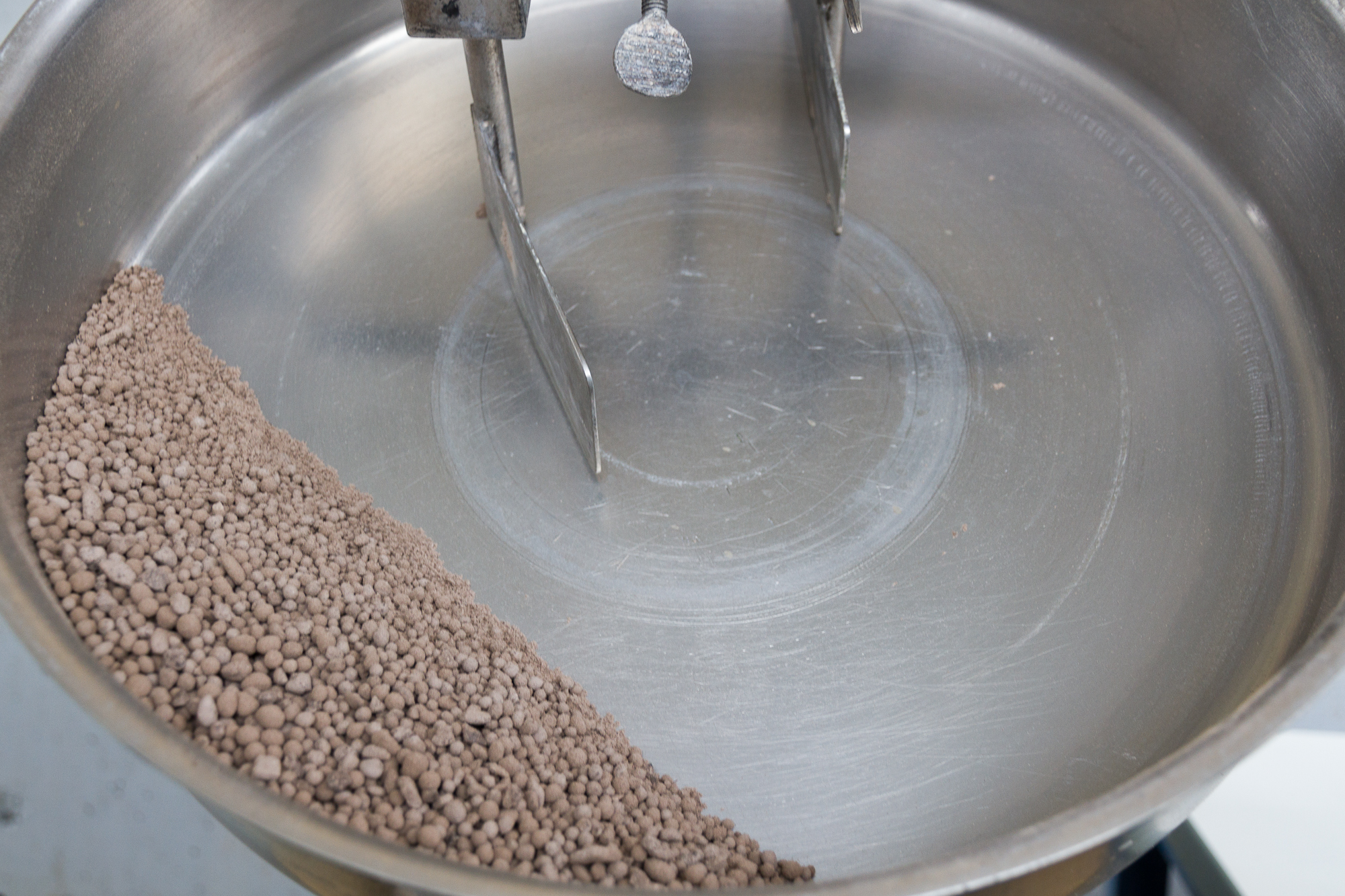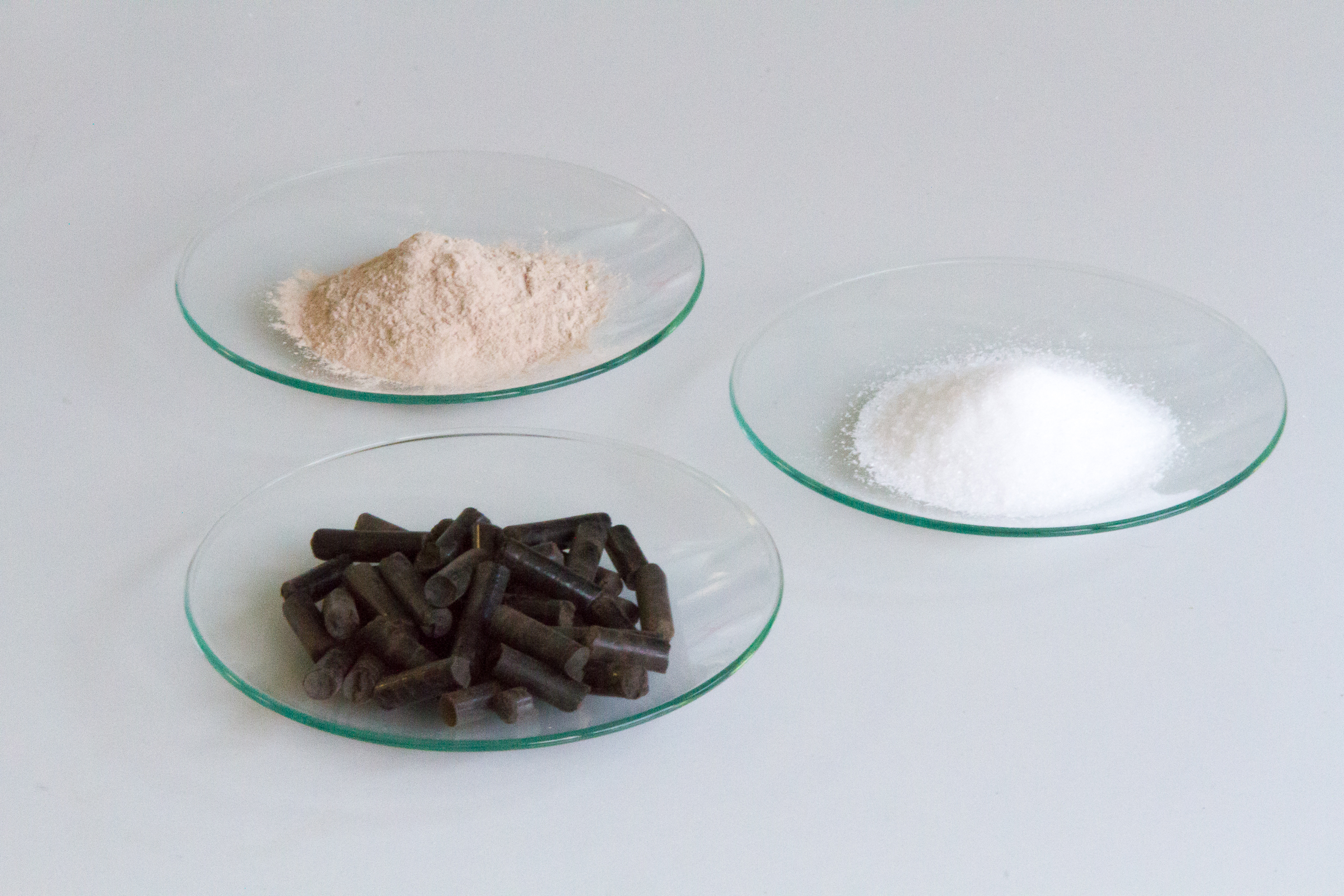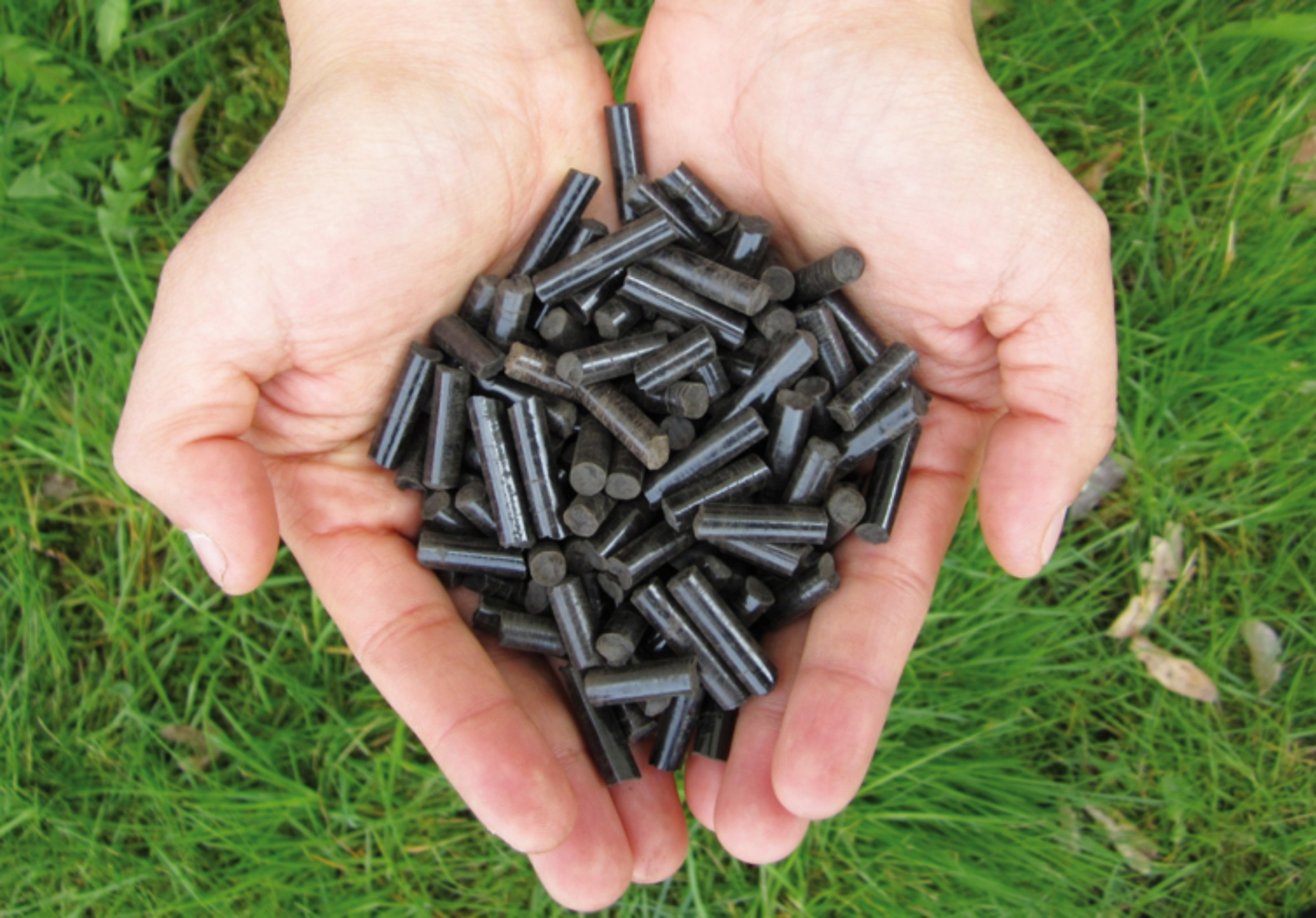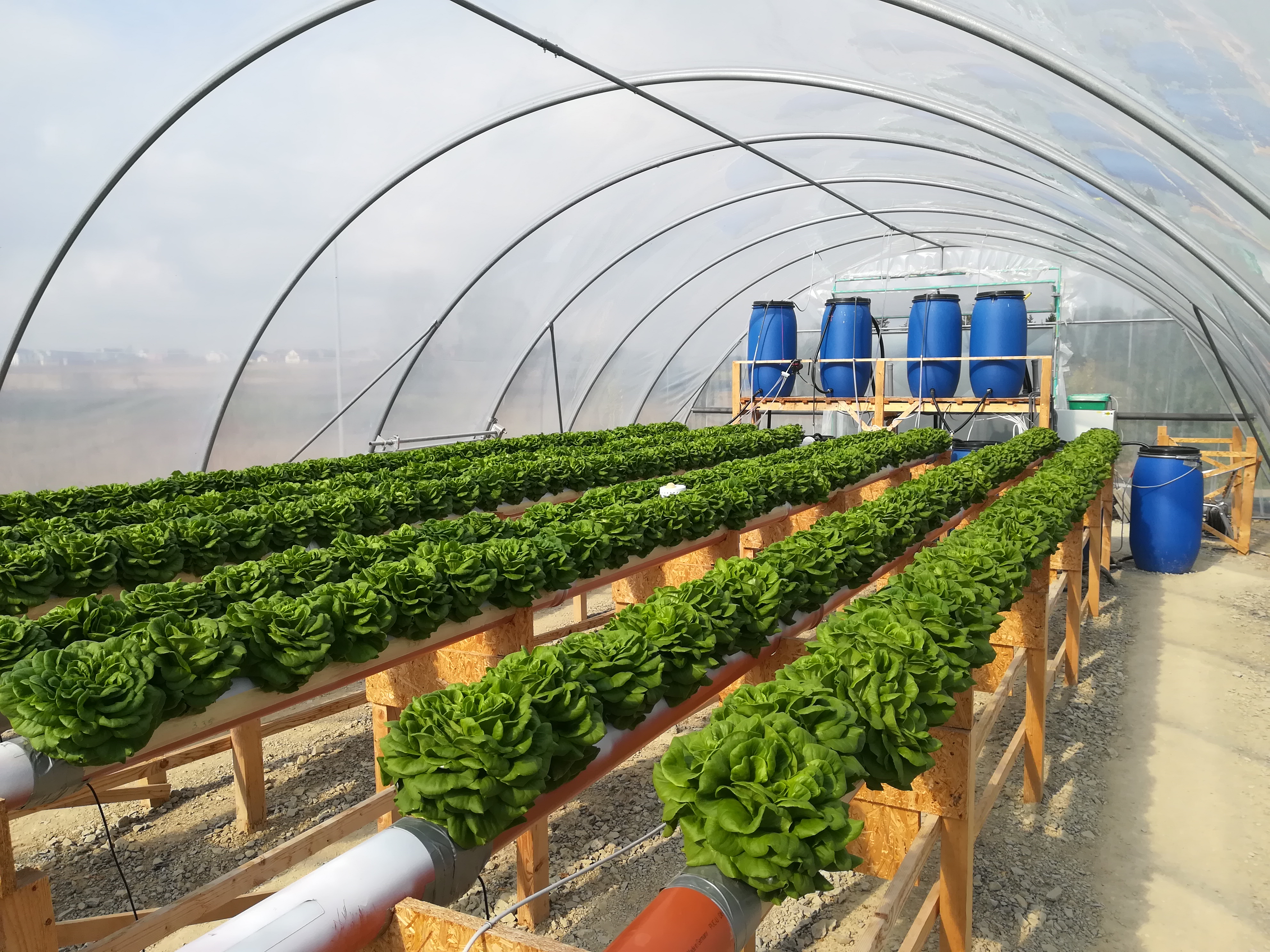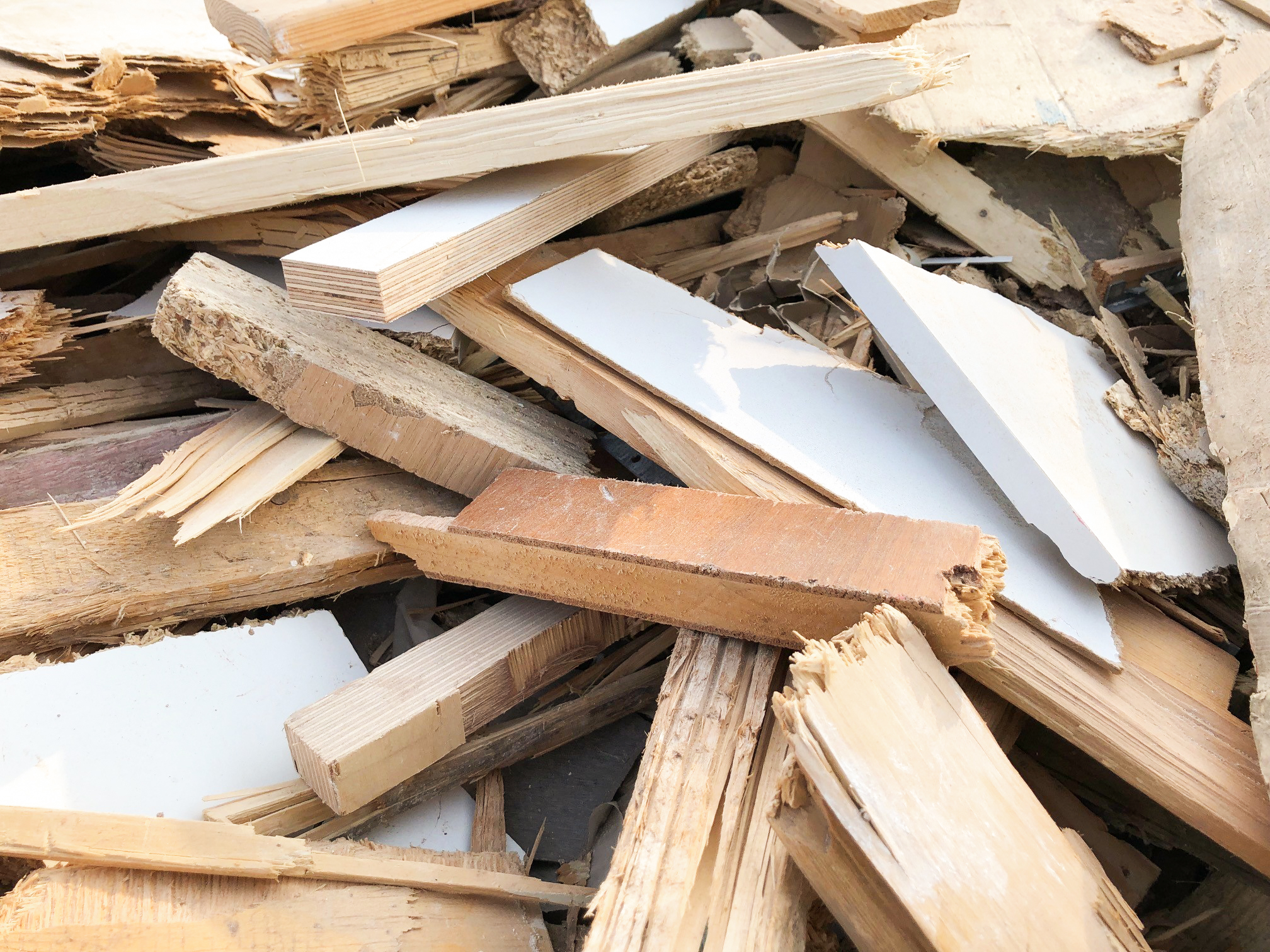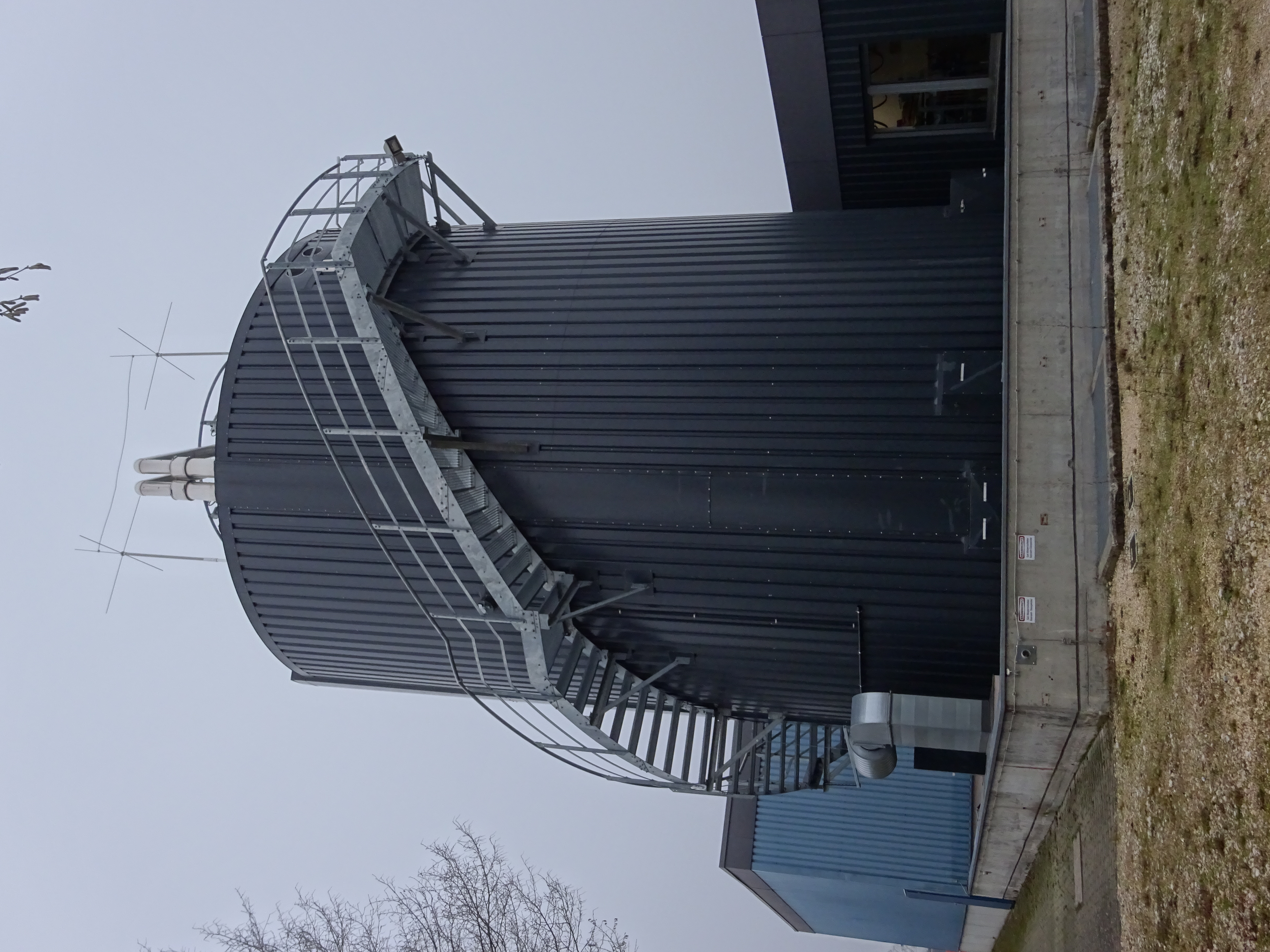For ferrous metals, glass, paper or many plastics, recycling processes are already established on a large scale. However, for numerous other valuable materials, especially those consisting of complex components and material matrices, no economic recycling processes have yet been established due to the lack of suitable treatment processes. Disused electronic products, for example, are true raw material stores for metals such as copper, zinc, platinum or gold and rare earths such as neodymium and dysprosium.
Our primary raw materials are finite and are often mined in politically unstable regions in a way that is neither sustainable nor socially acceptable. In order to be able to supply a growing world population with raw materials and reduce dependence on imported raw materials, we are developing processes to recover secondary raw materials from production and waste streams for reuse – in a quality equivalent to that of primary raw materials and with comparable process effort and costs.
The most selective separation possible is a fundamental and decisive step in both primary and secondary raw material processing. Up to now, the steps of stock separation have been costly and time-consuming, and therefore have a significant impact on operating costs, but also on the sustainability of the processes. In order to solve this problem, Fraunhofer IGB is developing processes which considerably increase energy and cost efficiency compared to established processes or which enable the selective separation of certain raw materials in the first place.
In the field of soil, organic residues (fermentation residues, liquid manure) and water, we design and implement processes for the recovery and treatment of dissolved or organically bound phosphorus as high-quality fertilizers. We process the remaining organic fraction, which is low in nutrients, using various processes such as drying or pyrolysis to produce humus-forming soil conditioners.
 Fraunhofer Institute for Interfacial Engineering and Biotechnology IGB
Fraunhofer Institute for Interfacial Engineering and Biotechnology IGB